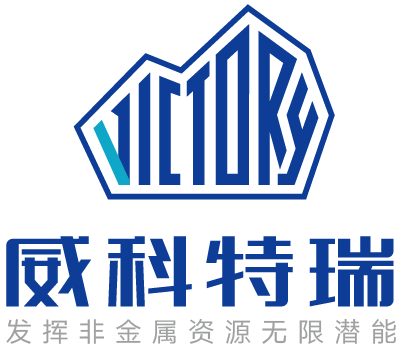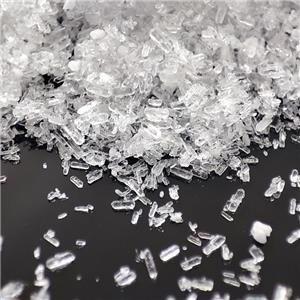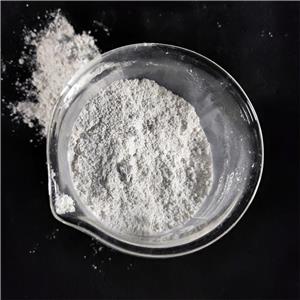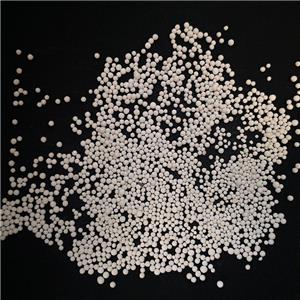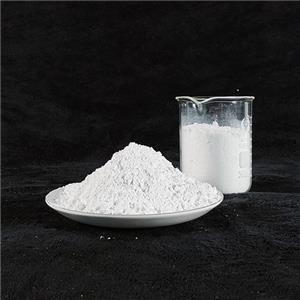How to select magnesium hydroxide-2
d. Whiteness
High whiteness is a key indicator for products with color requirements, such as light-colored plastics, rubber, and coatings.
e. Surface Treatment (Core Technology for Flame Retardant Applications)
Why treatment is necessary: Magnesium hydroxide is hydrophilic, while polymer materials (such as plastics) are hydrophobic. Direct addition will result in poor compatibility and uneven dispersion, severely impacting the material's mechanical properties and processing fluidity.
Treatment Method: Surface-coat (also known as "activate") the magnesium hydroxide particles with a silane coupling agent, stearic acid, or titanate coupling agent.
How to Determine: Request the supplier to provide surface-treated activated magnesium hydroxide and understand the type of coupling agent used. A simple test for hydrophobicity is to sprinkle a small amount of sample on water. Treated products will float (hydrophobic), while untreated products will quickly sink (hydrophilic).
f. Thermal Decomposition Temperature: Magnesium hydroxide begins to decompose and absorb heat at approximately 340°C. This temperature must be higher than the molding temperature of your material (such as injection molding or extrusion). Otherwise, premature decomposition during processing will occur, resulting in blistering and poor performance. Typical plastic processing temperatures are between 200-300°C, which magnesium hydroxide fully meets.
3.Select a Reliable Supplier and Communicate with Them
Clarify Your Needs: Directly tell the supplier your specific application (e.g., "for flame retardant PP plastics") and your general key performance requirements.
Request Samples and Certificate of Authenticity (COA): Request samples and the corresponding technical data sheet (COA) from the supplier, and conduct testing and verification yourself or by outsourcing to a third party.
Inquire about production capacity and stability: Ensure the supplier can provide consistent supply and that quality fluctuations between batches are minimal.
Compare Price and Value: Don't just look at unit price. Highly active products with surface treatments are more expensive, but they can save processing time, improve final product quality, and offer higher overall value.
4.Simple Identification and Verification Methods (Upon Receipt or Sample Collection)
If specialized instruments are unavailable, some simple assessments can be made:
Appearance: It should be a white, fine, uniform powder, free of lumps or discoloration.
Feel: Take a small amount and rub it between your fingers. High-purity, well-processed products will feel smooth and delicate. If they feel rough or grainy, the particles may be coarse or poorly processed.
Hydrophobicity Test (Critical): Gently sprinkle a small amount of sample onto the surface of a glass of still water.
High-quality (well-treated): The powder will float on the water's surface for a while.
Low-quality (untreated or poorly treated): The powder will quickly absorb water and sink to the bottom.
Acid Neutralization Test: Add a small amount of sample to dilute hydrochloric acid or white vinegar. Magnesium hydroxide should foam vigorously and dissolve quickly. After dissolution, the solution should be clear, with no significant residual insoluble matter.
